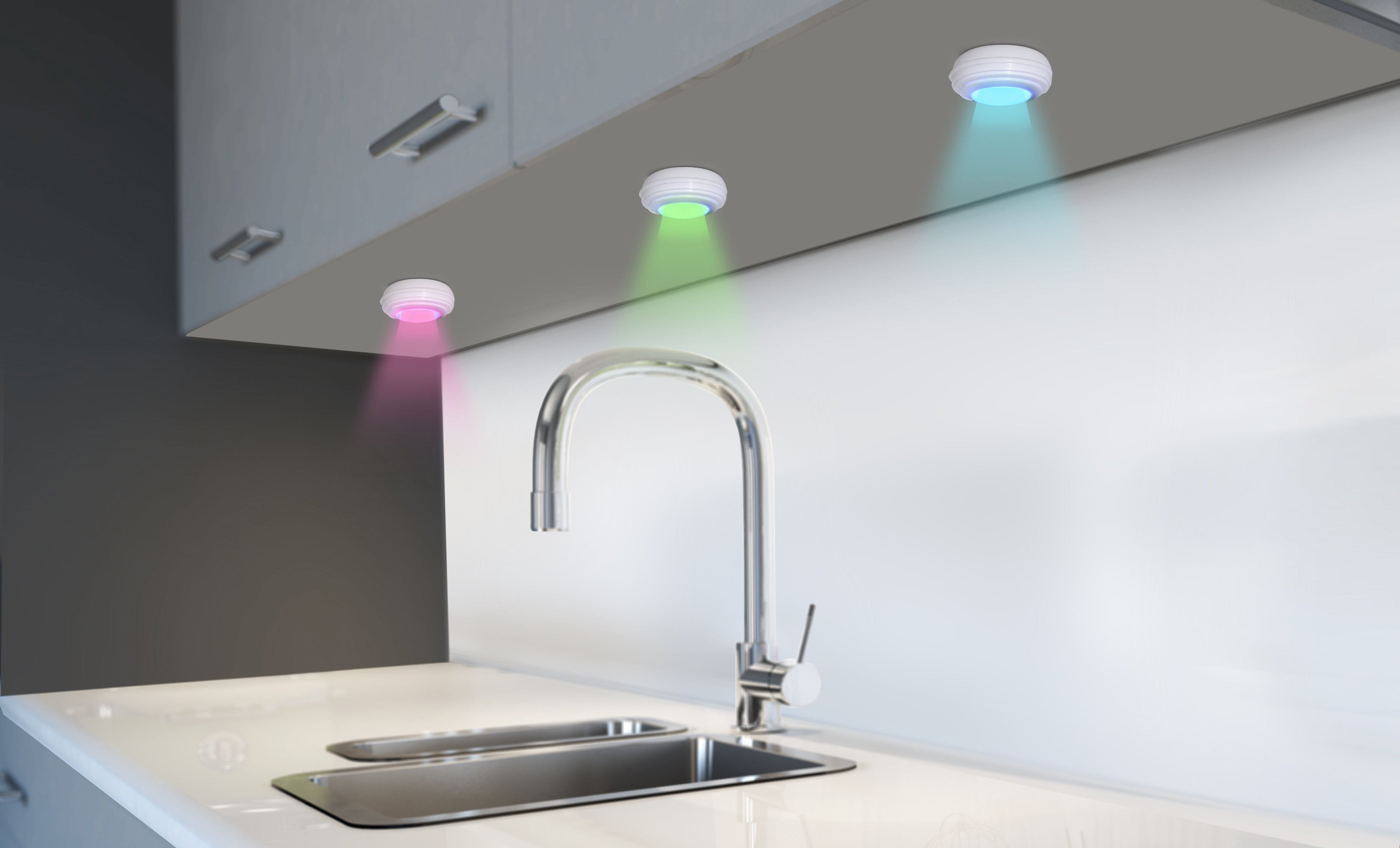The Advantages of Wireless Lighting for Bedrooms

Imagine stepping into your bedroom, the mood instantly changing as soft, warm light bathes the space, perfectly setting the tone for a relaxing evening. This is the magic of wireless lighting, transforming your bedroom into a haven of comfort and style.
Convenience and Flexibility
Wireless lighting offers unparalleled convenience and flexibility, letting you control your bedroom’s ambiance with ease. No more struggling with tangled wires or inconveniently placed switches. With a simple tap on your smartphone or voice command, you can instantly adjust the brightness, color, and even the schedule of your lights. This freedom allows you to create the perfect lighting for any activity, from reading a book to enjoying a romantic dinner.
Energy Efficiency
Wireless lighting systems are designed with energy efficiency in mind. LED bulbs, often used in wireless lighting setups, consume significantly less energy than traditional incandescent bulbs, leading to lower electricity bills and a reduced environmental footprint. Moreover, the ability to control individual lights and schedule them to turn on and off automatically further optimizes energy consumption, making wireless lighting a smart and sustainable choice.
Aesthetic Appeal, Wireless lighting for bedroom
Wireless lighting allows you to create a unique and personalized atmosphere in your bedroom. With a wide range of color options and dimming capabilities, you can instantly transform the mood of your space. For instance, you can set a warm, inviting ambiance for a cozy evening in, or create a cool, stimulating atmosphere for a productive work session. This ability to customize lighting settings adds a touch of sophistication and personality to your bedroom.
Enhanced Functionality
Wireless lighting enhances bedroom functionality by providing targeted illumination for specific tasks. For example, you can install a reading lamp near your bed, controlled by your smartphone, allowing you to enjoy a good book without disturbing your partner. Similarly, you can use wireless lights to highlight artwork or create a calming atmosphere for sleep.
Types of Wireless Lighting for Bedrooms

Wireless lighting has become increasingly popular in bedrooms, offering a range of benefits, including flexibility, convenience, and energy efficiency. Let’s delve into the different types of wireless lighting available to illuminate your personal sanctuary.
Wireless Lighting Options for Bedrooms
Wireless lighting for bedrooms comes in various forms, each with its unique features and functionalities. Here’s a breakdown of the most common types:
| Type | Functionality | Features | Typical Applications |
|---|---|---|---|
| Smart Bulbs | Controllable via smartphone apps or voice assistants. | Dimmable, color-changing, scheduling, and integration with smart home systems. | General lighting, mood setting, and creating personalized lighting experiences. |
| Wireless LED Strip Lights | Flexible and customizable, allowing for creative lighting arrangements. | Various colors, brightness levels, and patterns, often with remote control or app integration. | Accent lighting, under-bed lighting, and creating ambient lighting effects. |
| Wireless Table Lamps | Portable and easy to move around the room. | Built-in rechargeable batteries, dimming options, and sometimes Bluetooth connectivity. | Bedside reading, mood lighting, and adding a decorative touch to the bedroom. |
| Wireless Picture Lights | Designed to illuminate artwork or decorative pieces. | Adjustable brightness, motion sensors, and sometimes remote control. | Highlighting artwork, creating a gallery-like atmosphere, and adding a touch of elegance to the bedroom. |
Choosing the right type of wireless lighting depends on your specific needs and preferences. Consider factors like desired functionality, aesthetics, and budget when making your selection.
Implementing Wireless Lighting in Your Bedroom: Wireless Lighting For Bedroom

Transforming your bedroom into a haven of personalized lighting is a breeze with wireless lighting. This guide provides a step-by-step approach to installing and setting up wireless lighting, covering different installation methods and factors to consider for choosing the right system.
Installing Wireless Lighting
Installing wireless lighting is a relatively straightforward process. The installation process depends on the type of wireless lighting you choose.
- Wired Connections: This method involves connecting the wireless lighting system to your existing electrical wiring. You’ll need a qualified electrician to install the wiring and connect the system to your home’s electrical grid. This method provides reliable power and allows for higher wattage lighting fixtures.
- Battery-Powered Options: These systems use batteries to power the lights, eliminating the need for wiring. This makes installation easier and more flexible, as you can place the lights anywhere in your bedroom without worrying about wiring. However, battery-powered lights have limited power output and require regular battery replacement.
Choosing the Right Wireless Lighting System
Selecting the right wireless lighting system depends on various factors, including your room size, lighting needs, and budget.
- Room Size: For larger bedrooms, you’ll need a system with a wider range and more powerful lights. Smaller bedrooms may require a more compact and less powerful system.
- Lighting Needs: Consider the type of lighting you need, such as ambient lighting, task lighting, or accent lighting. Choose a system that offers the desired lighting effects and features.
- Budget: Wireless lighting systems come in various price ranges. Set a budget and choose a system that meets your needs and fits your budget.
Setting Up Wireless Lighting
Once you’ve installed your wireless lighting system, setting it up is usually a simple process.
- Connect the System: Connect the wireless lighting system to your home’s Wi-Fi network using the provided instructions.
- Download the App: Most wireless lighting systems come with a smartphone app that allows you to control the lights.
- Customize Your Settings: Use the app to customize the lighting settings, such as brightness, color temperature, and scheduling.
